The classic films she graced included three by Frank Capra -- "Mr. Deeds Goes to Town," "You Can't Take It With You" and "Mr. Smith Goes to Washington" -- and also George Stevens's "More the Merrier" and Billy Wilder's "Foreign Affair."
She began acting on the Broadway stage and returned in 1950 for a widely praised performance in the title role of "Peter Pan," Sir James M. Barrie's 1904 fantasy about the lad who refused to grow up. The production had 321 performances, one of the longest runs for the classic.
Quit movies at the height of her career in 1944, following an Oscar nomination and while still Columbia Pictures' top female box-office attraction. She appeared in only two more films, for Oscar-winning directors Billy Wilder (A Foreign Affair (1948)) and George Stevens (Shane (1953)). According to John Oller's biography "Jean Arthur: The Actress Nobody Knew" (1997), Arthur was a shy person who came to loathe making movies, having developed a kind of stage fright (something not uncommon in even great and accomplished actors; Laurence Olivier said he developed stage fright in 1964, while playing in "Othello," after 40 years on stage) that made acting in movies agony for her. After she quit movies, she tried to make a go at a stage career, being part of the original cast of "Born Yesterday," but she dropped out during previews and was replaced by Judy Holliday. She later gave television a crack in the mid-'60s, but The Jean Arthur Show (1966) was canceled after half a season.
At the Yale Law School Film Society weekend with Frank Capra in 1972, she attended a small afternoon symposium on Saturday, February 5, at Capra's invitation.
He urged her to stay for the screening that night and assured her the audience would be delighted and overwhelmingly enthusiastic. She declined because, she said, she had to go home and feed her cats.
Biography in: "The Scribner Encyclopedia of American Lives". Volume 3, 1991-1993, pages 29-31. New York: Charles Scribner's Sons, 2001.
Gary Cooper was her favorite leading man.
Even though Jean and James Stewart never bonded off-screen, Jimmy called Jean "the finest actress I ever worked with. No one had her humor, her timing".
She was teaching at Vassar at the same time that Meryl Streep was studying there in her junior year. Upon seeing the young drama major rehearsing August Strindberg's play "Miss Julie", Arthur remarked it was "just like watching a movie star".
Turned down Donna Reed's role in It's a Wonderful Life (1946) because she didn't want to work with James Stewart again.
Profiled in the book, "Funny Ladies", by Stephen M. Silverman. [1999]
Rita Hayworth said Arthur didn't speak to her when they worked together on Only Angels Have Wings (1939), a snubbing Arthur later said she would regret.
She taught drama at Vassar from 1968 to 1973.
Arthur's family regarded the Washington Heights Section of Manhattan as home.
Appeared in three Frank Capra movies: Mr. Deeds Goes to Town (1936), You Can't Take It with You (1938) and Mr. Smith Goes to Washington (1939).
For years, during her lifetime, her date of birth listed in the World Almanac was 1905.
Starred in six Oscar Best Picture nominees: Mr. Deeds Goes to Town (1936), You Can't Take It with You (1938), Mr. Smith Goes to Washington (1939), The Talk of the Town (1942), The More the Merrier (1943) and Shane (1953). You Can't Take It With You won in 1938.
Like other well-known actresses, most notably Claudette Colbert, Arthur was most frequently photographed from the left side, cinematographers having determined that this was her most favorable angle. As evidence of this fact, just take a look at Arizona (1940).
She has appeared in four films that have been selected for the National Film Registry by the Library of Congress as being "culturally, historically or aesthetically" significant: The Iron Horse (1924), Only Angels Have Wings (1939), Mr. Smith Goes to Washington (1939) and Shane (1953).
Personal Quotes (21)
It's a strenuous job every day of your life to live up to the way you look on the screen.
I guess I became an actress because I didn't want to be myself.
I am not an adult, that's my explanation of myself. Except when I am working on a set, I have all the inhibitions and shyness of the bashful, backward child . . . unless I have something very much in common with a person, I am lost. I am swallowed up in my silence.
The fact that I did not marry George Bernard Shaw is the only real disappointment I've had.
[on Hollywood] I hated the place - not the work, but the lack of privacy, those terrible prying fan magazine writers, and all the surrounding exploitation.
If people don't like your work, all the still pictures in the world can't help you and nothing written about you, even oceans of it, will make you popular.
(on doing interviews) Quite frankly, I'd rather have my throat slit.
I bumped into every kind of disappointment and was frustrated at every turn. Roles promised to me were given to other players, pictures that offered me a chance were shelved, no one was particularly interested in me, and I had not developed a strength of personality to make anyone believe I had special talents. I wanted so desperately to succeed that I drove myself relentlessly, taking no time off for pleasures, or friendships - yet aiming at the stars, I was still floundering.
First I played ingénues and westWesternoines; then I played Western heroines and ingénues. That diet of roles became as monotonous as a diet of spinach. The studio wouldn't trust me with any other kind of role, because I had no experience in any other kind. And I didn't see how I was ever going to acquire any other experience if I couldn't get any other kind of role. It was a vicious circle.
It's hardly fair for women to do the same things at the same hours every day of their lives, while men have new experiences, and meet new people every day. I felt that way as a little girl, with two older brothers around the house. It seemed to me that they led adventurous lives, compared with mine. I felt cheated and frustrated. I became a tomboy in self-defense. I decided that I was going to do things that were exciting, or at least interesting.
[speaking in the 1930s] I've never had a single close intimate girlfriend in all my life. I never had a chum to whom I could confide my secrets. I suppose that accounts for the fact that now it is so painfully difficult for me to open my heart and confide in people who are, so often, almost strangers. You have to learn so very young to open your heart.
[in her early acting days] My very "naturalness" was my undoing. I had to learn that to appear natural on the screen requires a vast amount of training, which is the test of an actor's art. It would be more spectacular if I could say that out of the hurt and humiliation of that failure was born a determination to succeed, to prove I had the makings of an actress. But it wouldn't be true. That urge came later.
[on her first marriage, which only lasted a day] Julian [Julian Anckner] looked a lot like Abraham Lincoln, and that's probably why I fell in love with him. One day we were out driving and he suddenly said, "Hey, why don't we get married?" So we lied about our ages and got married in a sheriff's office. You should have heard our families' reactions - all sorts of screaming and shouting and carrying on about suicide. Well, neither Julian nor I had enough income to make it possible for us to live together, so our marriage lasted one day.
[on making Only Angels Have Wings (1939)] I loved sinking my head into Cary Grant's chest.
[1977 comment on Gary Cooper] I loved working with Gary Cooper. Gary was my favorite. He was so terrific-looking and so easy to work with.
[on director George Stevens] George Stevens started as a cameraman with Laurel and Hardy, and he learned so many wonderful tricks, like having us walk forward while looking backward and then bumping into something. George was a darling man, so great with comedy. It's too bad he got serious.
[In 1940] Those two and a half years on Broadway were the happiest years of my life. I loved the stage. I think every girl who wants to become an actress should put in some years on the stage.
[About her first marriage] There was nothing tragic about it - it was a case of willfulness.
I wanted to become a accomplished actress, but I didn't know how to act and had no chance to learn. In those days the studios didn't have coaches or drama schools and it was almost impossible to get on the sets to watch the older players. I finally decided there was only one thing to do: go back to New York and try to get into some plays there.
[About her early career] I was all right in long shots, but when it came to close-ups, sustained emotion was beyond me. I knew nothing about acting and often wondered why I had not continued with my plan to become a teacher of modern languages.
[While she was a model] Someone in the studio noticed me sitting in the background. They asked me whether I would pose for girls' hats, and with some diffidence, I consented. My first posing was self-conscious. The photographer liked my type and employed me steadily that summer. I got $5 an hour and sometimes had five or six sittings in a day.
Salary (3)
Horse Shoes (1927) $700
The Talk of the Town (1942) $50,000
The More the Merrier (1943) $2,500 /week
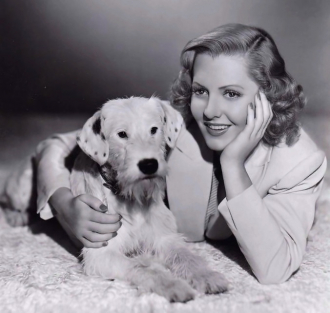
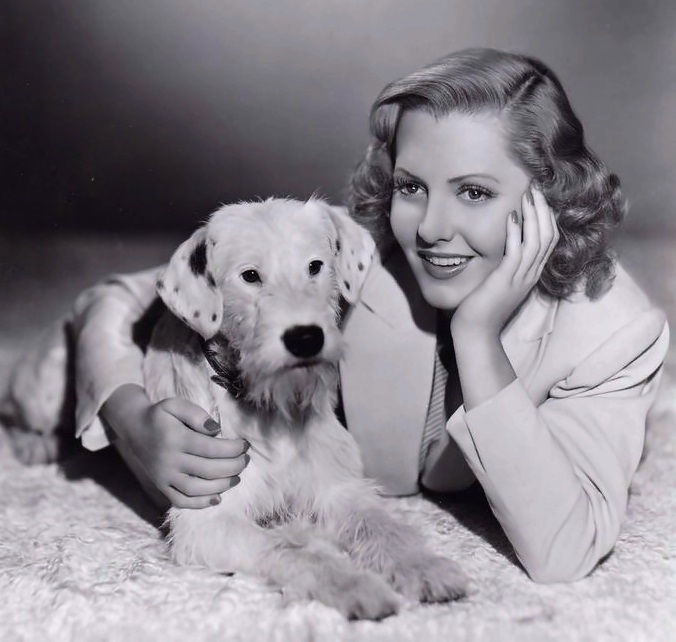
 Amanda S. Stevenson
Amanda S. Stevenson 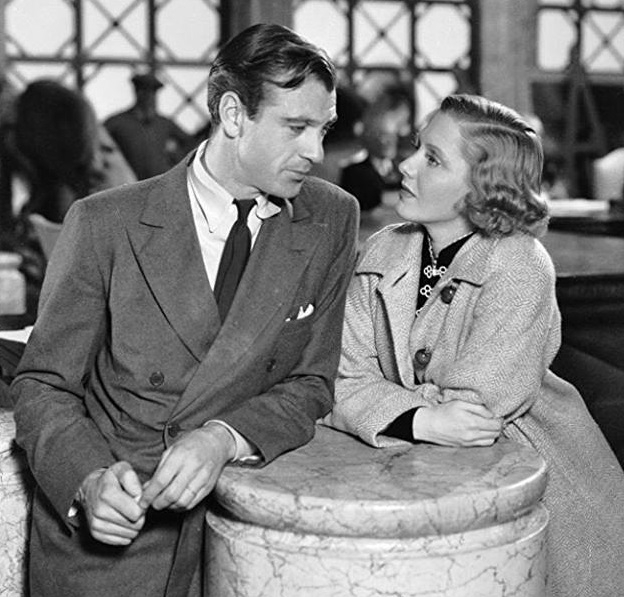
 Amanda S. Stevenson
Amanda S. Stevenson 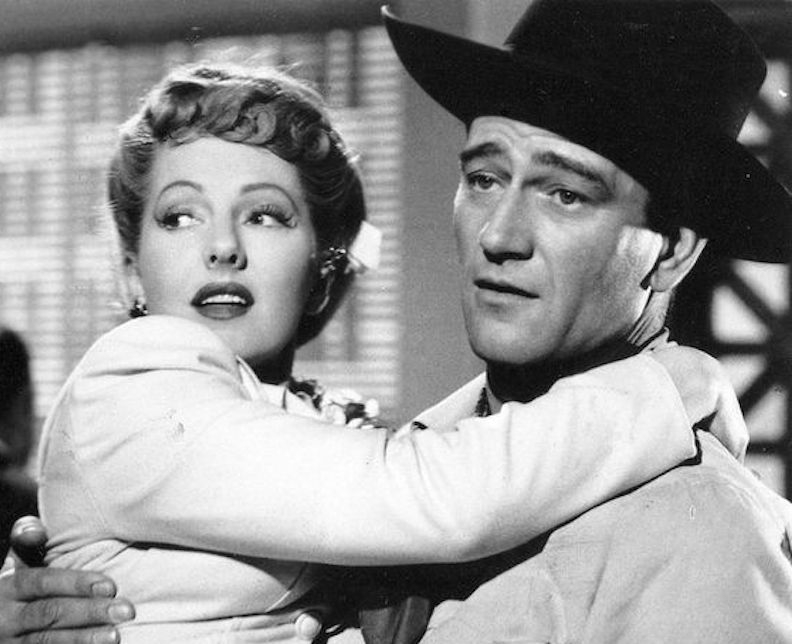
 Amanda S. Stevenson
Amanda S. Stevenson 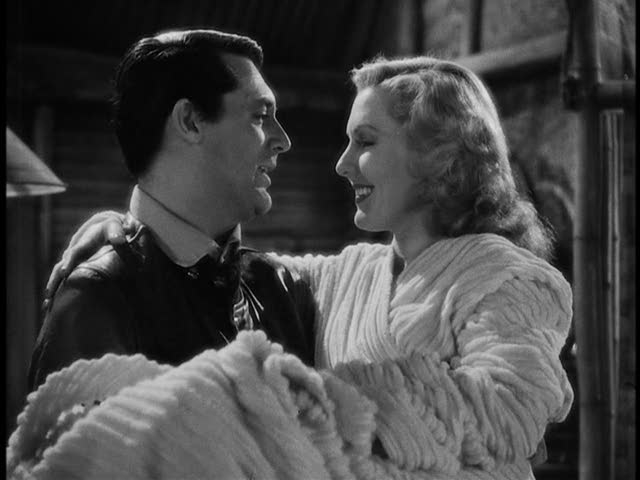
 Amanda S. Stevenson
Amanda S. Stevenson 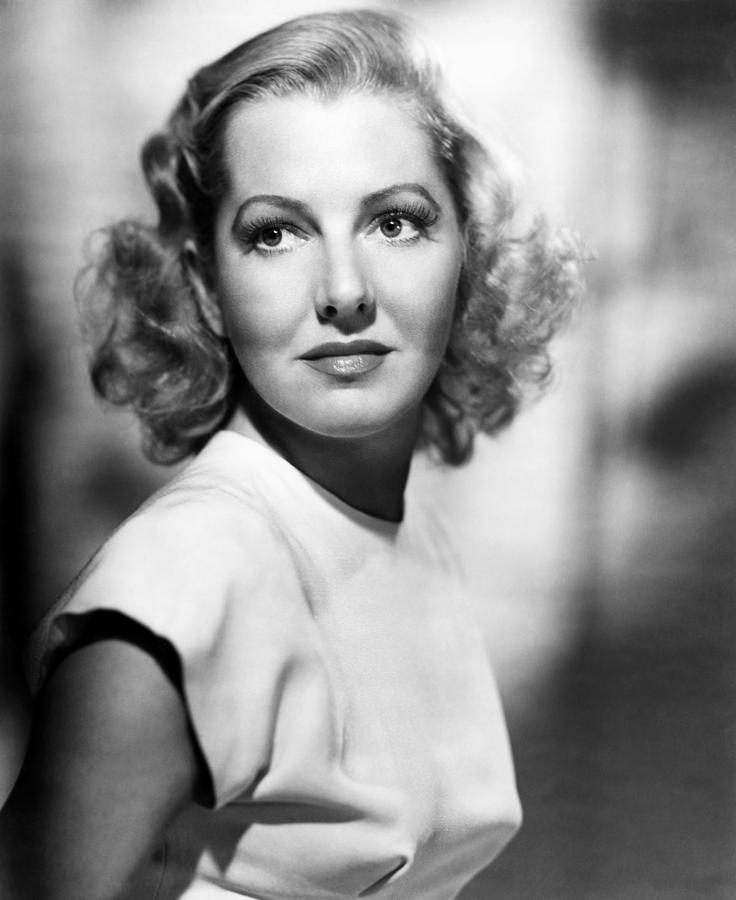
 Amanda S. Stevenson
Amanda S. Stevenson 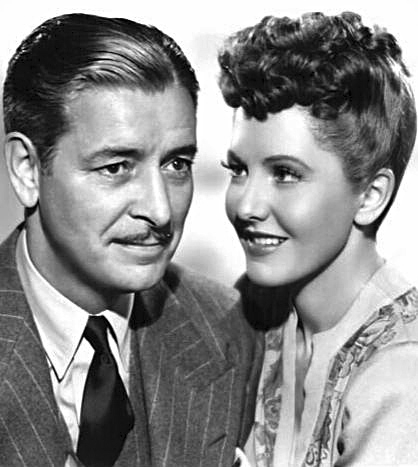
 Amanda S. Stevenson
Amanda S. Stevenson 
